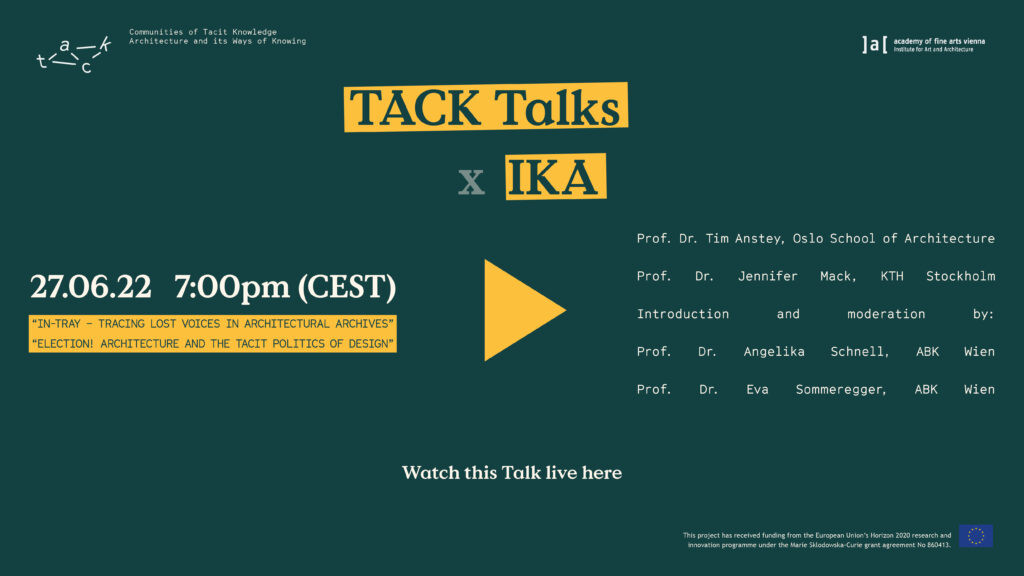Return to archive
title
From copper wire to spline. Reciprocal relationships of the Analogue and the Digital.
Author
Holger Hoffmann
Affiliation
One Fine Day architects
This project captures a moment at the Städelschule Architecture Class in Frankfurt in 2001 – when Ben van Berkel and Johan Bettum took over the class previously led by Peter Cook and Enrique Miralles. Both Cook and Miralles had shaped the class with crucial methodological and aesthetic guidelines. Balsa wood surfaces and copper wire models were the suitable tools for developing the sweeping architectural shapes so typical of the architectural class of the time. These techniques and aesthetic conventions still resonated noticeably among the students also under the new leadership.
However, digital design techniques had begun to transform the field since the mid-1990s, and it was overdue that such advances made their way into the Architecture Class. Interestingly, it had been the spline-based three-dimensional drawing and NURBS surface modelling techniques that were particularly predestined to transfer the formal vocabulary of (mainly) Miralles’ wireframe and balsa wood models into a new digital domain. Although understood by some alumni as an abrupt paradigm shift, the exact opposite was the case: The digital turn of the architecture class was based on the tacit knowledge of the techniques that had been cultivated up to that point in combination with the aesthetic and methodological conventions that had now been newly introduced. A sort of “Digital craft” emerged that combined the school’s legacy in artistic composition and search for architectural gesture with the possibilities of digital design techniques.
These techniques formulate geometric relationships that are as intuitive as analogue models, but are based on rigour and lead to precision. A digital twin – another conceptual model that translated the developed forms into plausible architectural designs, complements the model exhibited here.
This object will be presented at the TACK Conference in the object session SHAPERS, 21 June 2023 between 14:30 – 15:45 (CEST) at ETH Zürich (Auditorium HPV G5).
Holger Hoffmann is a registered architect based in Düsseldorf, Germany. In addition to his activities as a practicing architect he holds a professorship for Techniques of Representation and Design‘ at the University of Wuppertal. He is the founder of onefineday architects based in Wuppertal.




